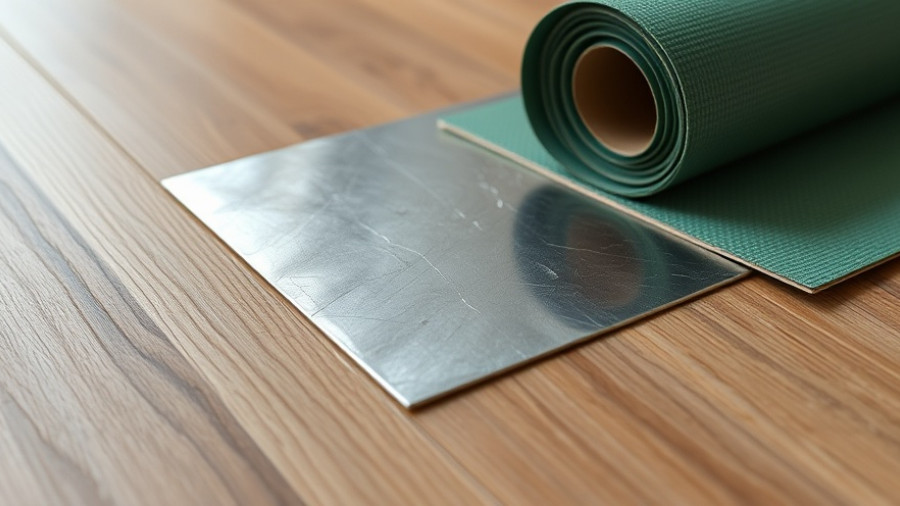
Unlocking the Heat: How a Water Heater Really Works
Have you ever turned on the tap for a warm shower and wondered where that hot water is coming from? A **water heater** is the unsung hero of our homes, ensuring we have hot water ready whenever we need it. From top to bottom, the inner workings of water heaters are a blend of engineering and practicality, operating seamlessly to provide comfort in our daily lives.
The Heart of the Home: Understanding Water Heater Components
Though most simply see a water heater as a tank tucked away in a closet or garage, it’s essential to understand the crucial components that keep it ticking. Typically, the two most common types are gas and electric water heaters. Each type houses vital parts that play specific roles:
- Tank: This is where it all begins—a sturdy shell that stores hot water. The tank’s capacity can vary, and selecting the right size based on your family’s needs is crucial.
- Thermostat: This handy device checks the water temperature, allowing you to control heating levels. Keeping it at the right setting can preserve energy and prevent scalding.
- Shut-off Valve: Located outside the unit, this valve helps control water flow, which can be particularly useful during emergency repairs.
- Heat-out Pipe: This is how hot water escapes the tank. Positioned atop the tank, it channels warm water to your sink, shower, and appliances.
- Heating Mechanism: Irrespective of whether it's electric coils or a gas burner, the heat source is what brings your water to the perfect temperature.
- Pressure Relief Valve: Safety is paramount! This valve ensures that water pressure remains optimal, avoiding hazards that can arise from excess pressure buildup.
The Heating Process Simplified
So, how does it all function together? When you turn on the hot water tap, the cold water enters the tank, where it's heated by the heating element. As the temperature rises, hot water rises to the top of the tank and exits through the heat-out pipe. By maintaining the right balance of pressure and temperature, your water heater keeps a consistent supply of hot water available for your household needs.
For homeowners and small business owners alike in the home services sector, knowing how a water heater works can aid in effective maintenance and troubleshooting. This knowledge empowers you to address minor issues and consider regular checks—an important aspect of good home maintenance!
Conclusion: Keeping Your Hot Water Flowing
Understanding your water heater means understanding the backbone of comfort in your home. Keeping up-to-date with regular maintenance and being aware of your unit’s functionality not only enhances your water heating experience but also contributes to efficient energy use. As you dive deeper into home improvement, remember—you’re bringing warmth into more than just your water!
 Add Row
Add Row  Add
Add 




Write A Comment